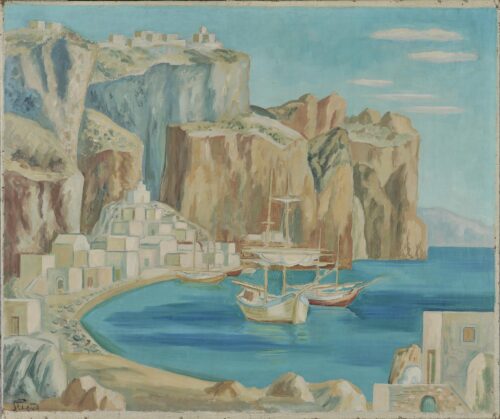
Steris Yerassimos (1898 - 1987)
Homeric Shore, ca. 1930
He graduated from the Greek-French Lycee in Alexandria where his family had emigrated. In 1915 he enrolled in the third year of the Athens School of Fine Arts and attended classes until 1917, taught by Dimitrios Geraniotis and Georgios Jakovides. He travelled to Europe and then stayed in Paris till 1926. There he associated with artists such as Picasso and Derain and probably studied at private academies. He returned to Greece, earned his degree from the School of Fine Arts and at the same time got a three-year scholarship from the Voltos Bequest for Paris where he stayed until 1930. He studied philosophy and psychology at the Sorbonne and wall painting and interior architecture at the School of Fine Arts. In Paris, where he had his own studio, he got to know the gallery owner Manolis Segredakis, who became the prime supporter of his work. In 1931, having already settled in Greece, he held his first solo exhibition, on which the critics were divided. In response to a negative article by Zacharias Papantoniou, seventeen intellectuals and critics voiced their support for the exhibition. The 18 κριτικά άρθρα γύρω από μία έκθεση (18 Critical Articles on An Exhibition) signed by, among others, Fotos Politis, Spyros Melas, Dimitris Pikionis, Stratis Doukas, and Christos Karouzos, is considered to be the manifesto of modernism in Greece. In 1932 he worked with Pikionis on the sets for the performances of the Kentrikon Theater in Athens and starting in May 1935 worked with Fotis Kontoglou on the restorations at Mystras. In 1935 he settled in the United States and had a solo show in New York. Starting in 1937 he worked with large American film-making companies in the design of publications and posters. At the same time he travelled on the American continent under the name George de Steris. In 1939 four large wall paintings by him with the history of Greece as their subject ornamented the Greek pavilion at the New York World’s Fair. In 1949 he became an American citizen under the name Guelfo Ammon d’Este. Between 1950 and 1965 he gave painting lessons and did the paintings for the cathedral church of New York and the church of the Holy Trinty in Lowen, Massachusetts. From 1965 to 1975 he taught at the Traphagen School. From 1980 to 1985 he settled with his wife Anna Vassalo Savino in Nice, France. In 1985 he returned to New York. In 1988 his wife brought his ashes back to his birthplace.
Although Greece had lost track of him since the beginning of the Fifties, he had held shows there (Nees Morfes 1969, Macedonian Art Society “”Art”” 1970, Trito Mati 1978). Presentations of his work were also organized at the Sculpture Gallery of Munich (1980) and the National Gallery of Athens (1982). In 1991 the Municipal Gallery of Thessaloniki organized a retrospective in his honor which was also taken to Athens, and shown at the Melas Mansion (1992).
He is considered the forerunner of Greek modernism. The thematic and plastic freedom of his painting, the symbolic extensions and references to metaphysical art, created a split in the visual reality in Greece in the period between the wars. From the abstract form of his first creations he was led to a realistic style with a decorative aspect to it, in the works he painted in America.

Homeric Shore, ca. 1930
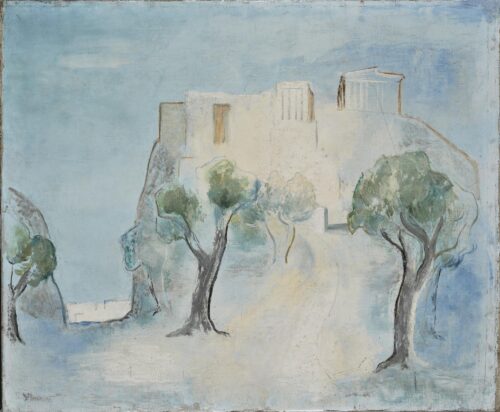
Landscape with the Acropolis, 1931 - 1935
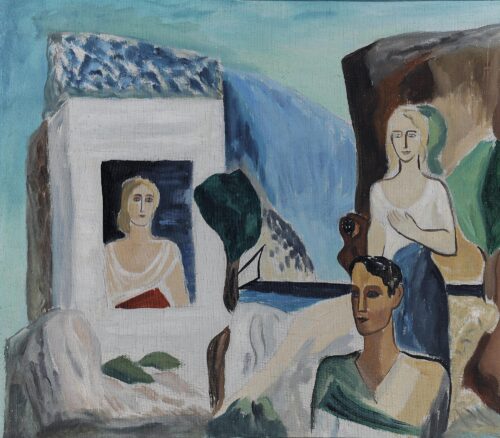
Greek Popular Song, before 1944
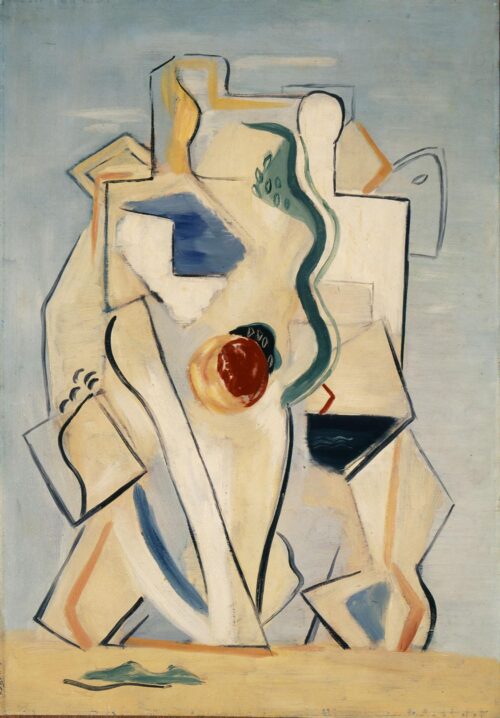
Figures
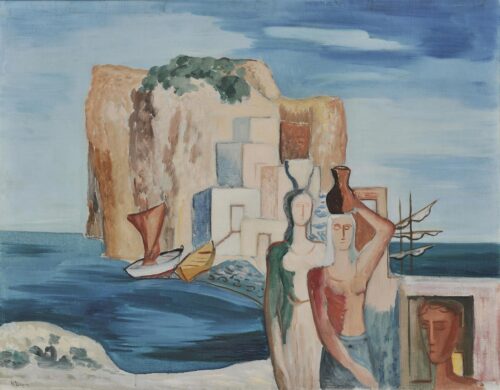
Seashore, before 1963

We use cookies to make our site work properly, to personalize content and ads, to provide social media features and to analyze our traffic. We also share information about how you use our site with our social media, advertising and analytics partners. Read the Cookies Policy.
These cookies are necessary for the website to function and cannot be switched off in our systems. They are usually only set in response to actions made by you which amount to a request for services, such as setting your privacy preferences, logging in or filling in forms. You can set your browser to block or alert you about these cookies, but some parts of the site will not then work. These cookies do not store any personally identifiable information.
If you disable this cookie, we will not be able to save your preferences. This means that every time you visit this website you will need to enable or disable cookies again.
These cookies tell us about how you use the site and they help us to make it better. For example these cookies count the number of visitors to our website and see how visitors move around when they are using it. This helps us to improve the way our site works, for example, by ensuring that users find what they are looking for easily. Our website uses Google Analytics for statistics reporting.
Please enable Strictly Necessary Cookies first so that we can save your preferences!